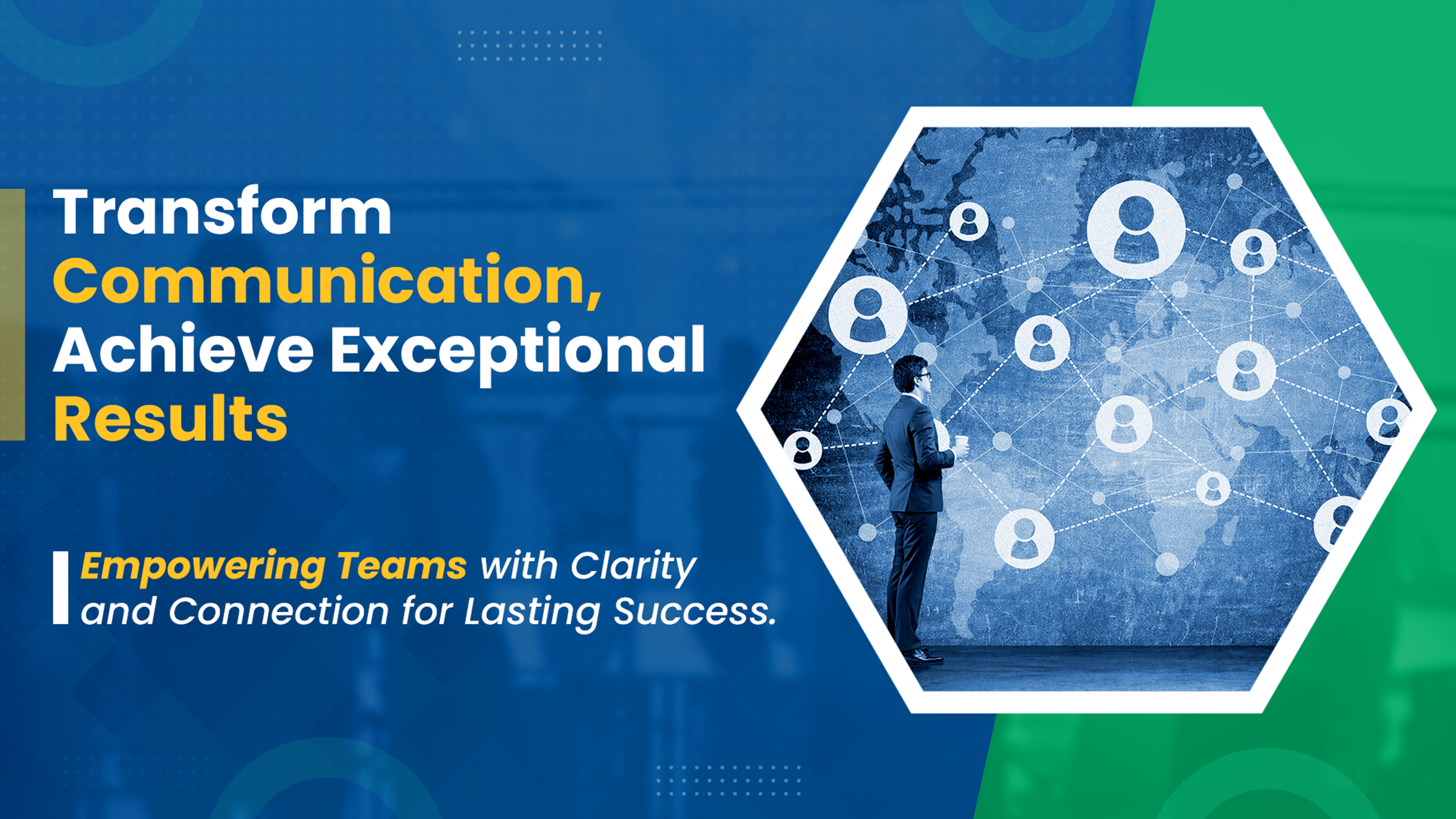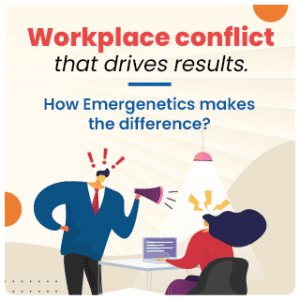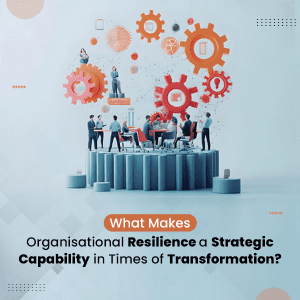
At first glance, the idea that communication is difficult might seem surprising. After all, from body language and facial expressions to spoken and written words, we’ve all been communicating in some form since birth. Yet, achieving truly effective communication can still be remarkably complex.
According to a report by Holmes, poor communication costs large organizations—those with around 100,000 employees—an estimated $62.4 million annually. For smaller companies, miscommunication can still have a significant financial impact, with an average loss of $420,000 per year for a business with 100 employees.
So, what makes communication so challenging? Based on our experience with various organizations and in coaching managers and teams, the five main obstacles include:
1. Losing Sight of the “Why”
Often, communication fails because the focus is placed on tasks rather than on the purpose behind them. When we skip over the “why,” messages can feel incomplete or cause resistance, making it harder for employees to understand or fully support the decisions.
2. Mismanagement of Details
Striking the right balance with detail is crucial. High-level overviews can leave out important steps, creating confusion. On the other hand, too much detail can overwhelm recipients, reducing motivation and clarity on the next steps.
3. Overlooking Empathy and Tone
How we communicate matters as much as what we communicate. When we focus solely on tasks or timelines, we can lose the human connection in our messaging. As a result, the audience may disengage or misunderstand the intended message.
4. Selecting the Wrong Format or Medium
Certain messages are more effectively delivered in person, while others are best in writing. The format and frequency of communication also play roles in how well messages are understood. Using various formats can help cater to different learning and thinking styles within your audience.
5. Rushing Due to Time Constraints
Time pressure often leads to inadequate preparation, which can dilute the effectiveness of the message. Similarly, in today’s multitasking environment, audiences may only be half-focused, leading to misinterpretation and gaps in understanding.
Bridging the Intent-Impact Gap
One way to address these issues is by closing the “intent-impact gap”—the difference between what we intend to convey and the actual impact of our message. Let’s relate this concept to the challenges above:
• Challenge 1: When we fail to communicate the purpose behind decisions, the message may appear thoughtless or incomplete.
• Challenge 2: Overloading messages with detail can make recipients feel constrained, limiting their ability to approach the work creatively.
When we minimize this intent-impact gap, we enhance communication, boosting productivity and cohesion.
Four Tips for Effective Communication
To help close communication gaps, consider these strategies:
1. Take Time to Plan
Allocate time to prepare your message thoughtfully. For significant changes, devote additional effort, but even short messages benefit from intentionality. By focusing on the message and being present, you’re better positioned to communicate clearly and effectively.
2. Tailor for Your Audience
Consider whether you’re addressing an individual, a team, or the entire organization. If you know the Emergenetics Profiles of your audience members, you can customize your approach to suit their preferred Thinking and Behavioral Attributes. If you’re speaking to a broad group, ensure your message touches on elements that resonate across different preferences.
3. Choose Suitable Media and Formats
Think about your message’s complexity, the likely questions, and the best ways to convey it. Explore options like email, phone calls, or in-person meetings, and adapt the format to resonate with various thinking styles. For instance, a step-by-step guide appeals to Structural thinkers, while visuals or highlights are energizing for Conceptual thinkers.
4. Seek a Second Opinion
Diverse perspectives help identify gaps or blind spots in communication. Before sending an important message, consider asking a colleague—especially one with a different thinking style—for their feedback. This diversity in thought can greatly reduce the intent-impact gap.
Final Thoughts
Communication, despite our years of experience, remains a complex skill. However, by applying these strategies, you can foster more meaningful interactions, improve productivity, and reduce costly misunderstandings within your organization.
Are you interested in enhancing communication in your workplace? Contact us today to learn how MARG Business Transformation, India’s partner for Emergenetics certfifcation can help elevate your team’s communication effectiveness!






